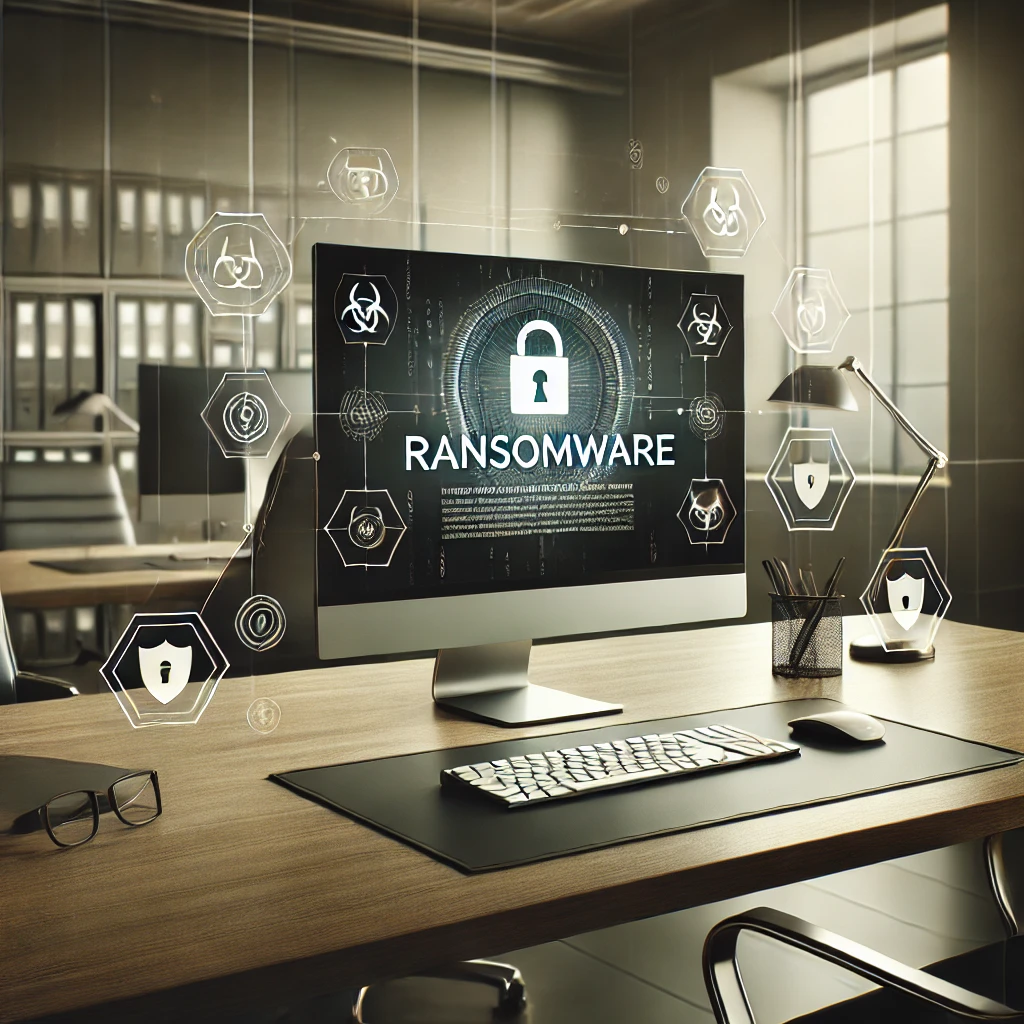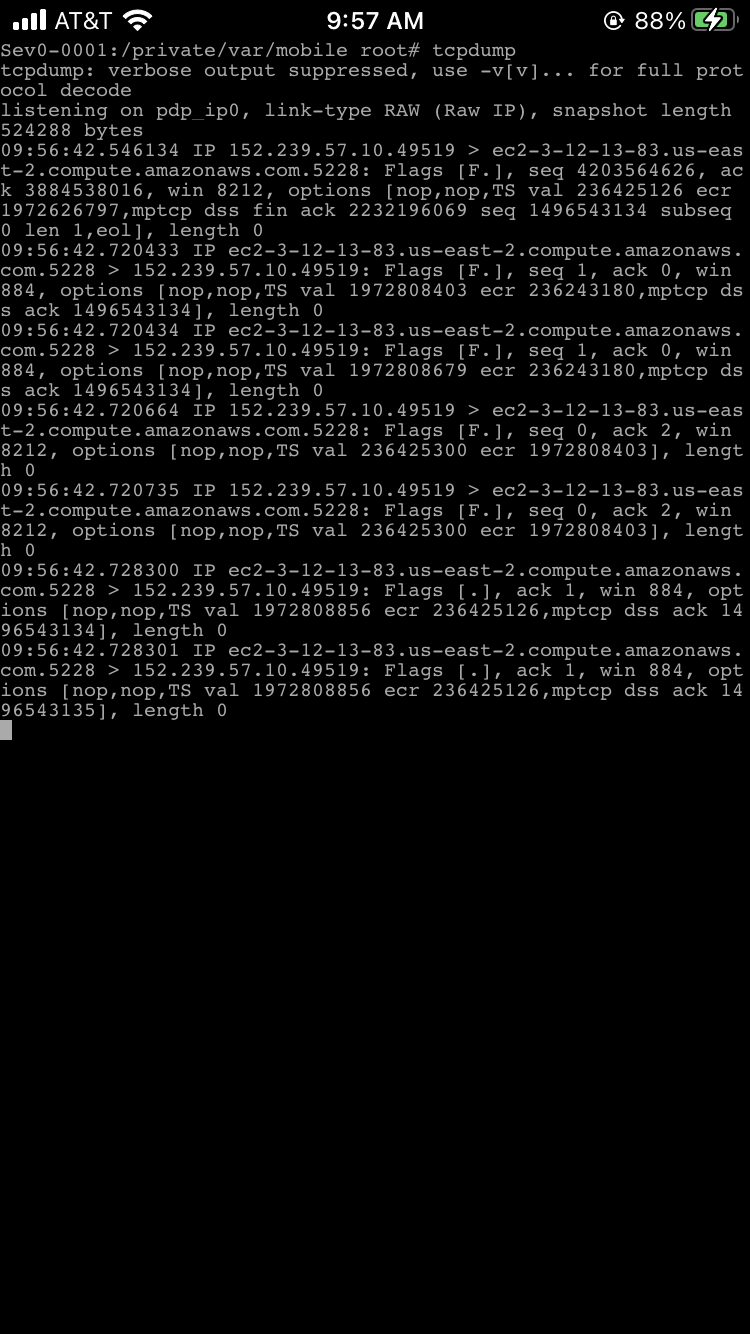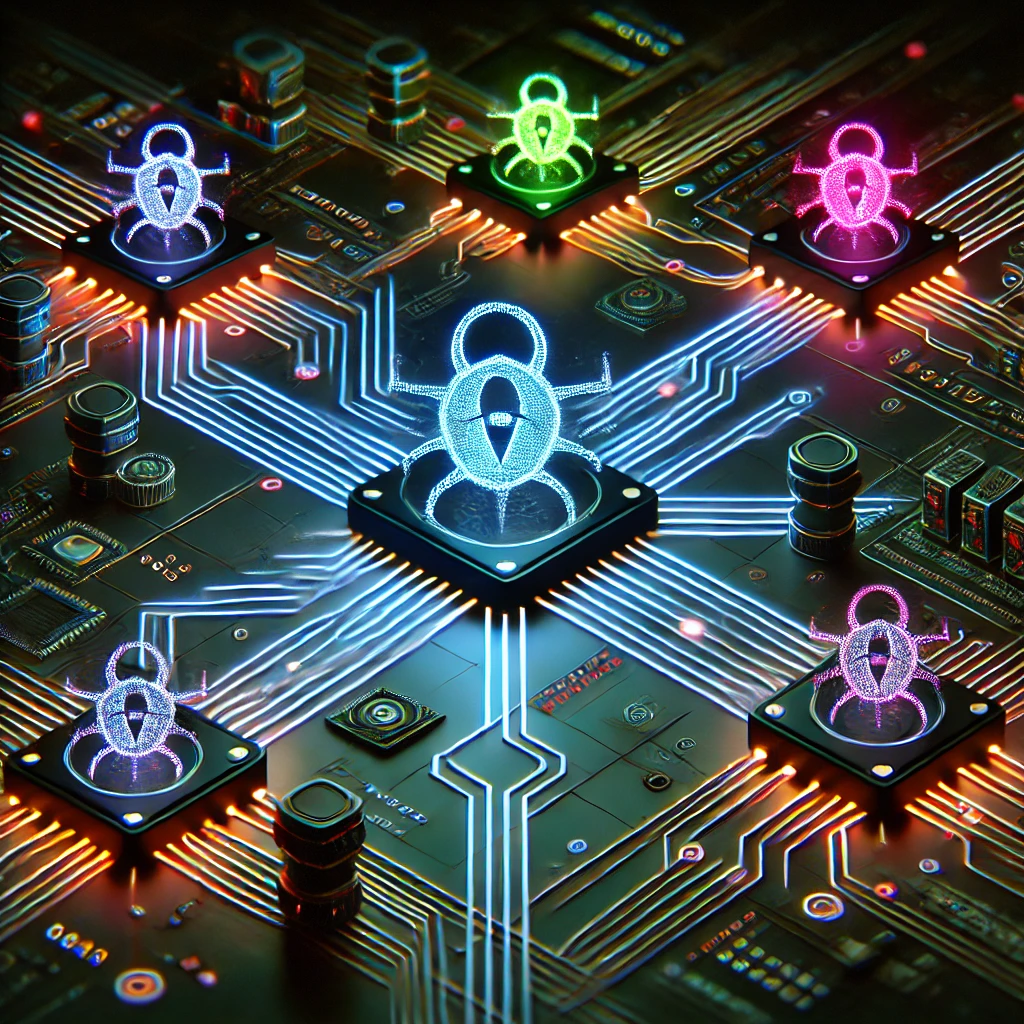Ransomware attacks have become one of the most dangerous and costly threats in the cybersecurity world. All through 2024, ransomware continues to evolve, putting businesses of all sizes at risk. With cybercriminals adopting more advanced tactics, knowing how to protect your business is more important than ever. This article will break down recent trends in ransomware, highlight the latest tactics used by attackers, and offer actionable steps you can take to protect your organization.
What is Ransomware?
Ransomware is a type of malicious software that encrypts files on a computer or network, making them inaccessible. Cybercriminals then demand a ransom—usually in cryptocurrency—to unlock the files. In some cases, attackers may also threaten to release or sell sensitive data if their demands aren’t met.
The impact of a ransomware attack can be devastating, leading to costly downtime, reputational damage, and even business closure. According to recent data, the average cost of a ransomware attack exceeded $4 million in 2023 when factoring in downtime, lost business, and recovery expenses. In 2025, these numbers are expected to rise as attackers leverage more advanced tools and tactics.
Why Ransomware is Rising in 2024
Ransomware attacks are becoming more frequent and complex. Here are a few reasons why ransomware is on the rise:
- New Vulnerabilities in Hybrid Work Environments
As more companies adopt remote and hybrid work models, new vulnerabilities have emerged. Cybercriminals target unsecured home networks, remote desktops, and cloud applications, exploiting these vulnerabilities to gain access to corporate networks. - Increased Use of AI by Attackers
With artificial intelligence, cybercriminals can automate tasks such as phishing attacks and system infiltration. AI enables attackers to deploy targeted ransomware more efficiently and at scale, making it easier to breach defenses and execute attacks. - Growth of Ransomware-as-a-Service (RaaS)
The underground economy has given rise to Ransomware-as-a-Service (RaaS), where attackers can “rent” ransomware kits to launch attacks without extensive technical knowledge. This has led to a surge in ransomware campaigns from a wider range of attackers. - Higher Ransom Demands and Double Extortion
Ransom demands are increasing. Many attackers now engage in double extortion—not only do they encrypt data, but they also threaten to leak it. This dual threat increases pressure on companies to pay the ransom, as data exposure can lead to regulatory fines and reputational harm.
Latest Ransomware Tactics and How They Work
Understanding the latest tactics used by ransomware attackers can help you recognize vulnerabilities and reinforce your defenses. Here are some trends:
- Phishing with Enhanced Social Engineering
Phishing remains a top method for delivering ransomware at over 80%. Attackers now use social engineering to craft personalized phishing emails that appear highly credible, tricking employees into clicking on malicious links or downloading infected attachments. - Exploiting Unpatched Systems
Attackers exploit vulnerabilities in outdated software to gain access to systems. They target organizations with unpatched systems, especially those using outdated software or operating systems, as these often contain known security flaws. - Fileless Ransomware
Traditional ransomware relies on installing files onto the system. Fileless ransomware, however, uses legitimate tools like PowerShell or WMI to execute malicious scripts directly in memory, making it harder to detect with conventional antivirus software. This is one of the more advanced methods employed by malicious actors. - Targeting Backups and Recovery Tools
Sophisticated attackers actively seek out and disable backups, making it impossible for businesses to restore their systems without paying the ransom. Protecting backups and ensuring they are segmented from the primary network is essential. - Supply Chain Attacks
By compromising third-party vendors or partners, attackers can gain indirect access to your network. Supply chain attacks pose a growing risk as businesses rely more heavily on third-party tools and services for daily operations. We have seen many of these supply chain attacks over the past couple years.
Steps to Protect Your Business from Ransomware
While ransomware threats are escalating, there are proactive steps you can take to protect your organization. Here’s how to strengthen your defenses:
1. Educate Your Employees
- Why: Phishing remains one of the primary methods attackers use to deliver ransomware.
- How: Conduct regular training sessions to teach employees about phishing red flags, secure password practices, and safe browsing habits. Consider simulated phishing exercises to test their awareness.
2. Regularly Update and Patch Systems
- Why: Unpatched systems are a prime target for attackers.
- How: Establish a patch management process to ensure that all systems, applications, and firmware are updated promptly. Prioritize patches for known critical vulnerabilities, especially those identified by your cybersecurity tools.
3. Use Multi-Factor Authentication (MFA)
- Why: MFA adds an extra layer of security, making it harder for attackers to gain access even if credentials are compromised.
- How: Implement MFA for all sensitive accounts and systems, particularly for remote access points and administrative accounts. We routinely assist strategy, deployment, and enrollment of MFA technologies.
4. Segment and Protect Backups
- Why: Attackers often target backups to increase the chance of ransom payments.
- How: Use a 3/2/1 backup strategy: have three copies of your data, on two different types of media, with one stored offsite. Regularly test backups to ensure they can be restored quickly.
5. Invest in Endpoint Detection and Response (EDR) Tools
- Why: EDR tools provide real-time monitoring and can detect unusual activity early in the attack.
- How: Choose an EDR solution that uses AI and behavioral analysis to identify threats. Implement it across all devices, including desktops, laptops, and mobile devices. We can help you manage and implement these technologies.
6. Create and Test an Incident Response Plan
- Why: A well-defined incident response plan can help you respond quickly and minimize the impact of an attack.
- How: Your IR plan should outline steps for containing the attack, isolating affected systems, communicating with stakeholders, and restoring operations. Conduct regular drills to ensure your team knows how to execute the plan effectively. We can help you with both.
7. Monitor Third-Party Access and Set Security Standards for Vendors
- Why: Supply chain attacks are on the rise, making third-party risk management essential.
- How: Restrict third-party access to critical systems and enforce security standards for all vendors. Consider using vendor risk management tools to monitor and assess their cybersecurity posture.
Staying Ahead of Ransomware in 2024, and into 2025
Ransomware will remain a pressing threat through 2024, with attackers constantly refining their tactics to bypass traditional defenses. By understanding the latest trends and following these proactive steps, your business can reduce its risk and strengthen its resilience against ransomware attacks.
No business is immune to ransomware, but with a robust security strategy, regular employee training, and a comprehensive incident response plan, you can significantly minimize the potential impact of an attack. Protecting your business from ransomware isn’t just a technological investment—it’s a safeguard for your future.








